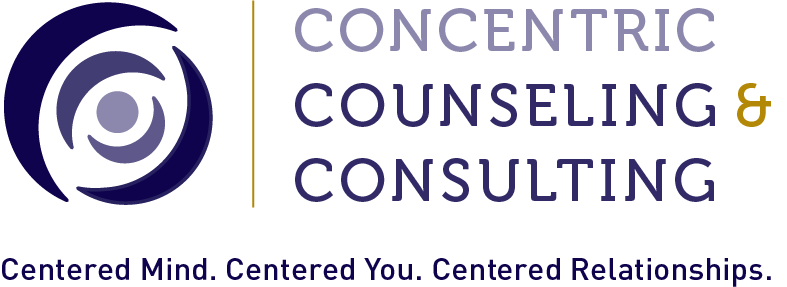Where's My Coconut Radio?
/By Concentric Counselor Christian Younginer, LPC, NCC
When reaching into my therapeutic bag of tools, seldom do 1960’s TV shows come out. But as I sit in the world that is my apartment these days, I found a kinship with those fateful souls marooned on Gilligan’s Island.
I ran with this idea, not wondering where it would lead, but I had nothing else to do- as is often the case in this shelter-in-place. For those not familiar with the premise of the TV show: a merry group of vacationers, under the impression that they would be taking a 3-hour tour (a three-hour tourrrr), are tossed about in the seas and left stranded on an island, with only the clothes on their backs, their wits, and the several large steamer trunks of clothes packed by an ostentatiously wealthy couple.
While not anywhere close to being alive in the 1960s, I am well aware that the decade as a whole requires a suspension of disbelief to make sense of it, and Gilligan’s Island is no different. Throughout the series, the Professor constructs various and outlandish gizmos and contraptions with nothing more than coconuts and acceptance by the viewer. And this is the crux of why this show came to me while pacing my apartment. The Professor, the eponymous inventor who was on this tour for some reason, built a coconut radio… A radio, made of coconuts. Not like a transmitter to call for help, just a radio. And it’s this level of acceptance that I think can be therapeutically useful during our new reality in this pandemic.
A person who makes a coconut radio is not a person who is waiting to be rescued. This invention speaks to these ill-prepared islanders’ acceptance and presentness of their situation. Hell, they never even tried to fix the boat.
This got me wondering: what is my coconut radio? What is something that can help me accept that I am not in control right now, but find a way to live within the situation handed to me? I am not in control of when this shelter-in-place will be lifted. I am not in control of what the world will look like in 1 month, 6 months, a year after this pandemic. But just in the same way the folks on Gilligan’s Island arrived (surprisingly quickly too) at a place of peace with their circumstances, maybe I can find a way to sit back, make a coconut radio, and find control where I can.
Planning for the future, for when quarantine and the pandemic are over, keeps me from living inside the quarantine and the pandemic. And if I’m unable to live in it, then I’m nervously ticking off the days, festering in the anxiety of my apartment. So this is my challenge to myself, find my coconut radio. Find something that helps me stay present and accepting of my surroundings, rather than dreaming of a time when I can get off this island.






